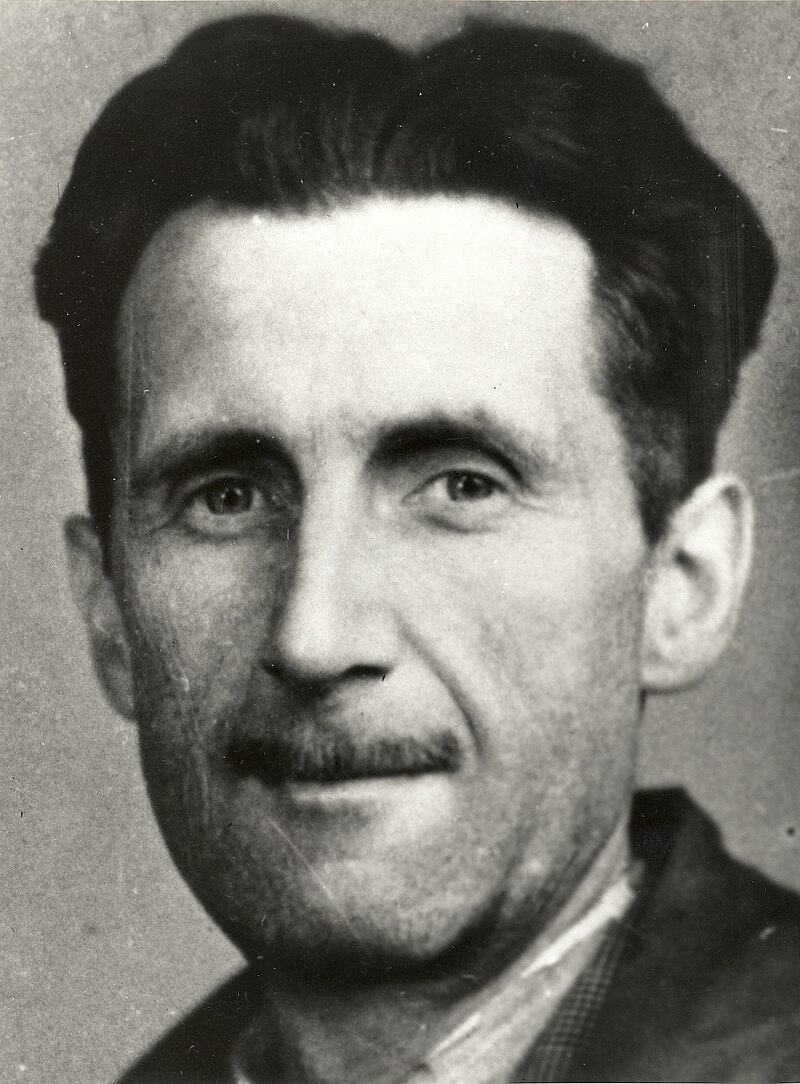Content
Setting Chapter 5 Practice
The book “1984” by George Orwell does a fabulous job at portraying physical and emotional setting. 1984 is set in a dark dystopian future where nearly all hope of salvation has been lost.
Physical setting is the visible setting of a world, for example the world outside is full of color the great skyscrapers reaching great heights. While emotional setting is the feeling that the setting brings to the characters, for example the world looked alive, the skyscrapers standing tall in the wind.
One example of emotional setting in “1984” would be when Winston Smith commented that, “outside, even through the shut window-pane, the world looked cold. Down in the street little eddies of wind were whirling dust and torn paper into spirals…” (Orwell 4).
This is an example of emotional setting as Winston is describing how the surroundings make him feel.
One example of physical setting would be when Winston smith was looking around and noticed, “posters that were plastered everywhere. The blackmoustachio’d face gazed down from every commanding corner.”
This is an example of physical setting as Winston is describing the environment in a visible sense.
Without setting most literature would make zero sense, imagine if you read Harry Potter without knowing where Harry was.
Cancel culture in “1984”
In 1984 when you do something that the party in power disagrees with you could get vaporized, or in todays terms canceled.
I believe in certain very specific cases cancel culture is good. But for the majority of cases, people online get together to hold their own kangaroo court to decide the fate of and individual with little or no evidence to support their claims.
Comrade Withers was a prominent member of the inner party, months later withers association promptly dissolved leaving withers and his associates in disgrace. withers was presumably killed by the government.
Comrade Ogilvy is a fictional character created by big brother. He supposably died honorably in battle but in reality he never existed in the first place.
Why did George Orwell write 1984?

Eric Arthur Blair or better known by his pen name, George Orwell was an English novelist. Blair is known for his thought-provoking novels such as “1984” and “Animal farm”. Orwell was born in India, 1903 and moved to England when he turned 1. Orwell and his two sisters spent most of their childhood in an English town called Henley-on-Thames. Blair worked as a tutor and a teacher and upon the outbreak of World War two Blair would join the home guard (a backup defense force for Britain) as he was deemed unfit for the military due to poor health. Blair would soon find a career in writing, using his pen name, George Orwell he would write many stories and works of non-fiction. Blair would pass away in January 1950 at the age of 46 due to a burst artery in his lung.
The story of “1984” depicts a dystopian society under the control of the government, the people lack free speech, much less free thought. “1984” shows similarities with the rise of the Nazi regime and the actions of Adolf Hitler and joseph Stalin. Blair wrote “1984” as a warning of what could happen if a totalitarian government were to take over.
Orwellian is used primarily to describe a government that tries to or has complete control of the lives of its citizens. But this is commonly confused with the term authoritarian, meaning a political party that wants or has complete obedience or subjugation of their citizens. The term Orwellian is much different, with the party in power controlling their subjects through brutal methods such as propaganda, disinformation and denial of truth, or doublethink meaning that people must accept two contradicting beliefs as truth, such as freedom = liberty.
“1984” was written directly after the war, with tensions still at an all-time high. Blair wanted to make sure his readers knew the danger of a totalitarian society.







